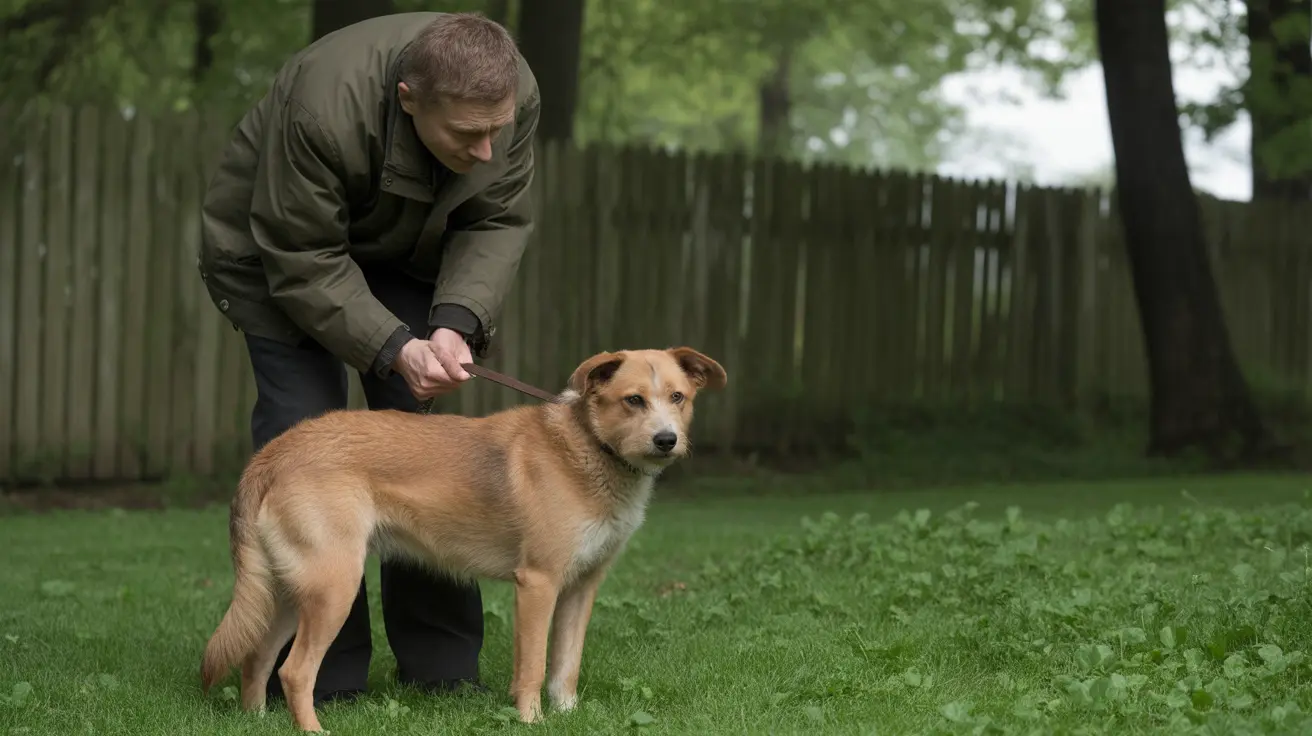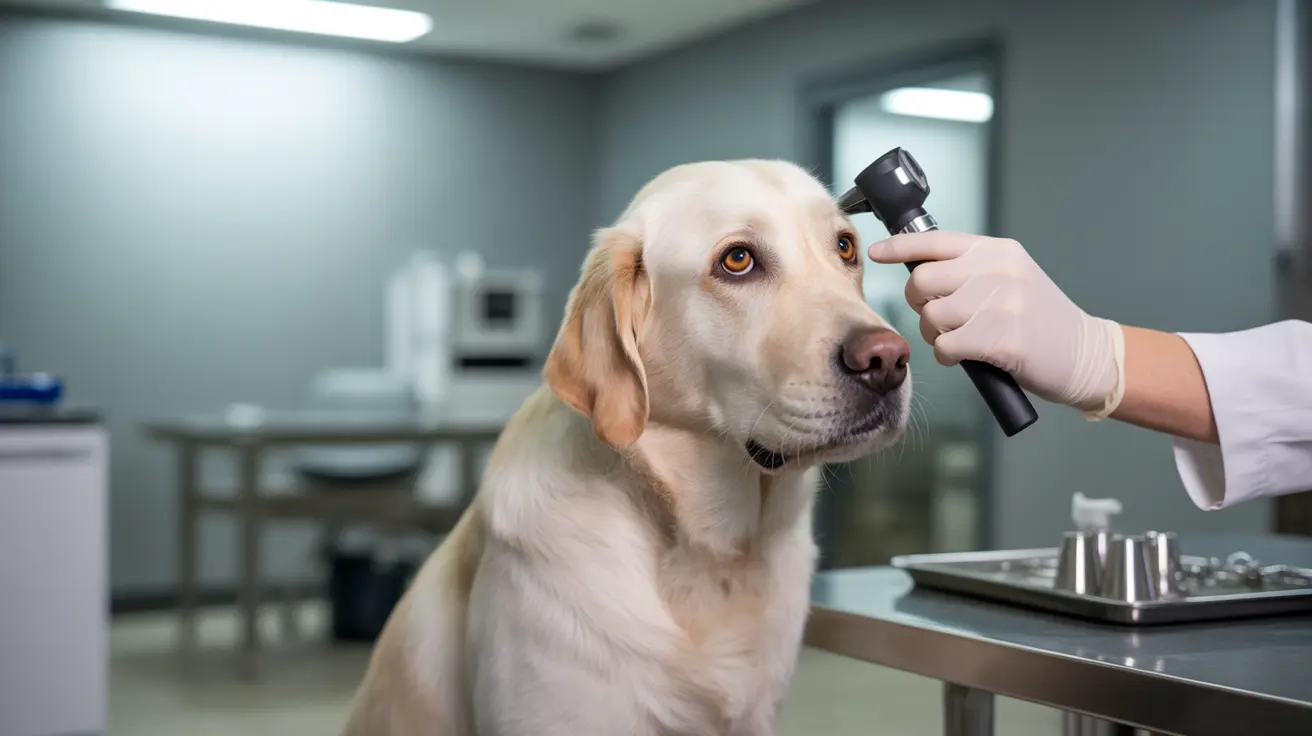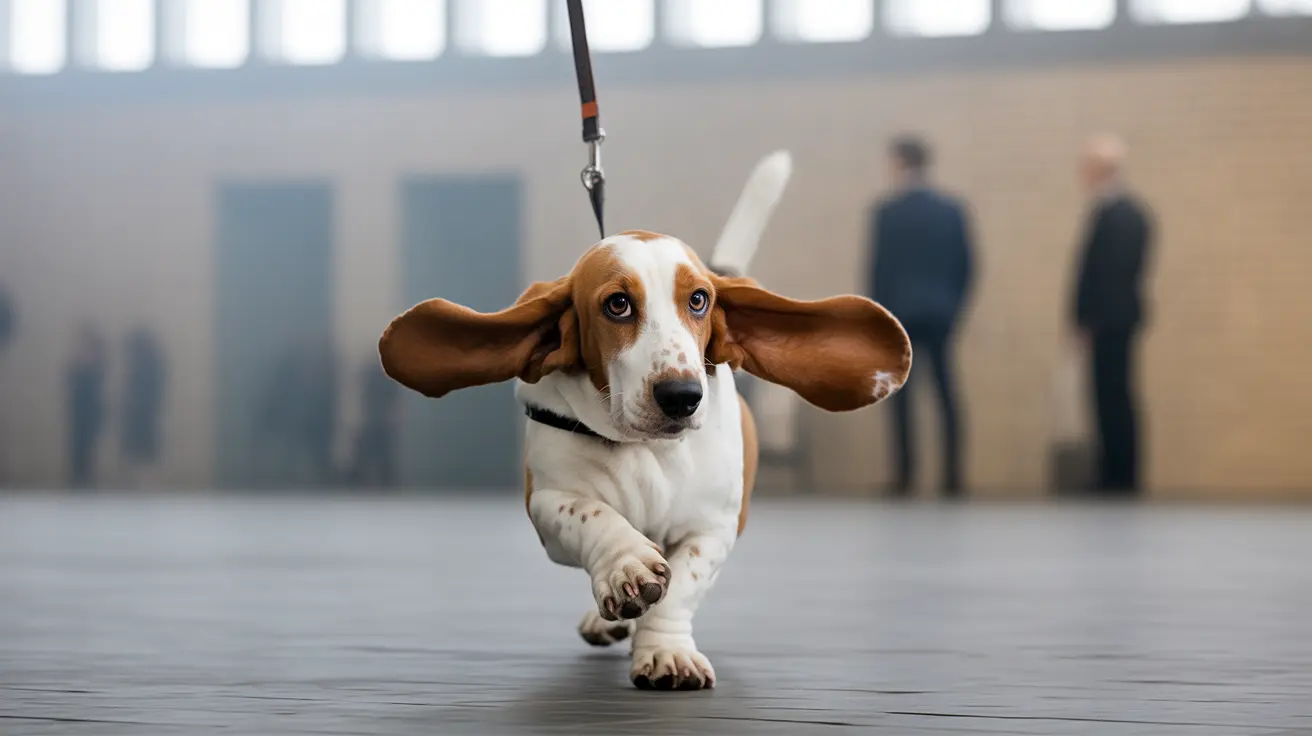The South Carolina Department of Public Health (DPH) has confirmed two separate cases of rabies in animals across Abbeville and Greenville Counties, raising immediate concerns for pet owners in the affected areas. One case involved a skunk found near Jonesville Road and Strasburg Drive in Simpsonville, Greenville County, which tested positive for the deadly virus. As a result of this confirmed case, one dog that came into contact with the infected skunk has been placed under quarantine as a precautionary measure.
These recent rabies confirmations serve as a critical reminder for pet parents about the ongoing threat this virus poses to both domestic animals and humans. Rabies remains one of the most serious infectious diseases affecting mammals, and early detection combined with proper prevention measures can mean the difference between life and death for exposed pets.
Understanding Rabies Risk in Pet Communities
Rabies is a viral infection that attacks the central nervous system, causing acute encephalitis in mammals. The virus is typically transmitted through the saliva of infected animals, most commonly through bites or scratches. Wild animals such as skunks, bats, raccoons, and foxes serve as primary carriers, though any mammal can contract and transmit the disease.
The confirmation of a rabid skunk in the Simpsonville area highlights how easily pets can encounter infected wildlife during routine outdoor activities. Skunks are particularly concerning carriers because they often forage in residential areas, searching for food in garbage cans, pet food left outside, or small prey in yards and gardens.
Immediate Actions for Pet Owners
Pet owners in Abbeville and Greenville Counties should take immediate precautions to protect their animals. The most effective protection against rabies is vaccination, and all dogs, cats, and ferrets should receive regular rabies immunizations as required by South Carolina law.
If you suspect your pet has encountered a potentially rabid animal, contact your veterinarian immediately. Signs of potential exposure include unexplained wounds, especially around the head and neck area, or if your pet returns home with saliva or other fluids from an unknown animal on their fur.
Recognizing Rabies Symptoms in Pets
Early detection of rabies symptoms can be challenging because the virus has an incubation period that can range from weeks to months. However, pet owners should watch for behavioral changes that may indicate infection. These include unusual aggression, excessive drooling, difficulty swallowing, loss of appetite, and sensitivity to light or sound.
Pets may also display paralysis, particularly in the jaw and throat muscles, leading to the characteristic "foaming at the mouth" associated with rabies. Some animals may become unusually friendly or lose their natural fear of humans, while others may become withdrawn or hide in dark places.
Prevention Strategies for Pet Safety
Beyond vaccination, pet owners can implement several strategies to reduce rabies exposure risk. Keep pets indoors or in securely fenced areas, especially during dawn and dusk when many rabies carriers are most active. Remove potential wildlife attractants from your property, including accessible pet food, bird feeders, and garbage containers.
Supervise pets during outdoor activities and avoid letting them investigate dead animals or wildlife. If you encounter a wild animal behaving strangely—such as being active during unusual hours or showing no fear of humans—contact local animal control authorities rather than attempting to handle the situation yourself.
Community Response and Quarantine Procedures
The quarantine of the exposed dog in Greenville County follows standard rabies exposure protocols designed to prevent potential virus transmission while monitoring the animal's health status. Quarantine periods typically last 10 days for vaccinated animals or up to six months for unvaccinated pets, depending on the circumstances of exposure and the animal's vaccination history.
During quarantine, animals are closely monitored by veterinary professionals for any signs of rabies development. This careful observation period protects both the community and provides the best possible outcome for the exposed animal.
Frequently Asked Questions
- Q: How long does rabies vaccination protect my pet?
A: Rabies vaccines typically provide protection for one to three years, depending on the specific vaccine type and your pet's age at initial vaccination. Your veterinarian will establish an appropriate vaccination schedule based on local regulations and your pet's individual needs. - Q: What should I do if my pet encounters a wild animal?
A: Immediately bring your pet indoors and examine them for any wounds or signs of contact. Contact your veterinarian to discuss the incident, even if no obvious injuries are present. Document the time, location, and type of wild animal involved for reference. - Q: Are indoor pets safe from rabies exposure?
A: While indoor pets have significantly lower risk, they are not completely immune to exposure. Bats can enter homes, and indoor cats may encounter infected animals if they escape outside. Maintaining current vaccinations provides essential protection regardless of your pet's lifestyle.
Protecting Your Pet Community
These confirmed rabies cases in Abbeville and Greenville Counties underscore the importance of community-wide rabies prevention efforts. Pet owners play a crucial role in maintaining public health by ensuring their animals receive proper vaccinations and by reporting unusual wildlife behavior to local authorities.
Stay informed about rabies activity in your area and maintain open communication with your veterinarian about your pet's vaccination status and potential exposure risks. Together, responsible pet ownership and professional veterinary care provide the strongest defense against this preventable but deadly disease.





